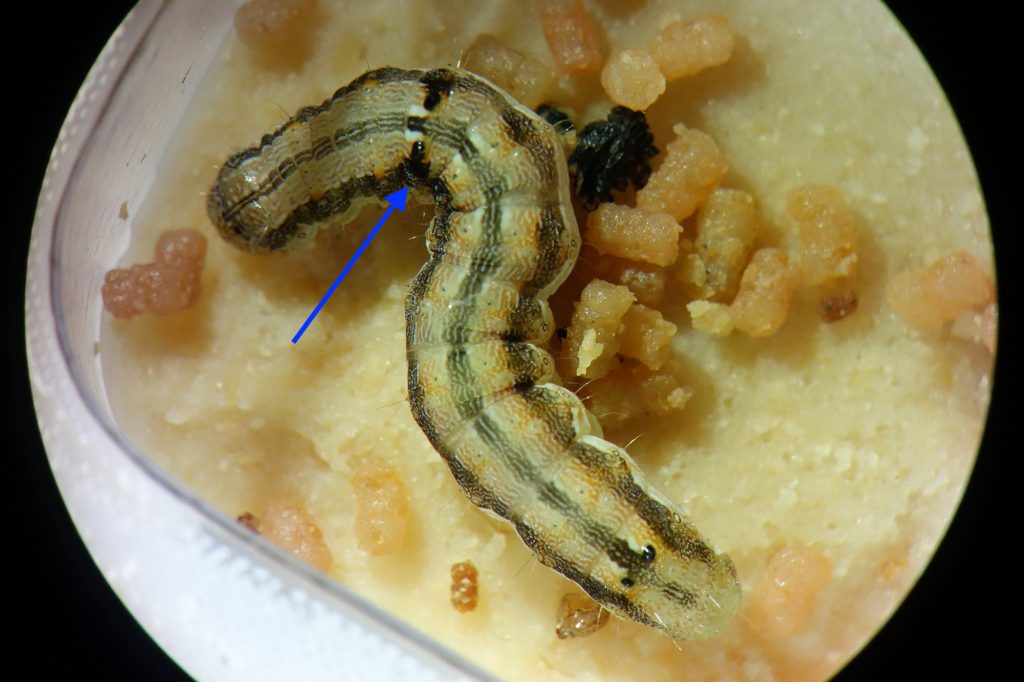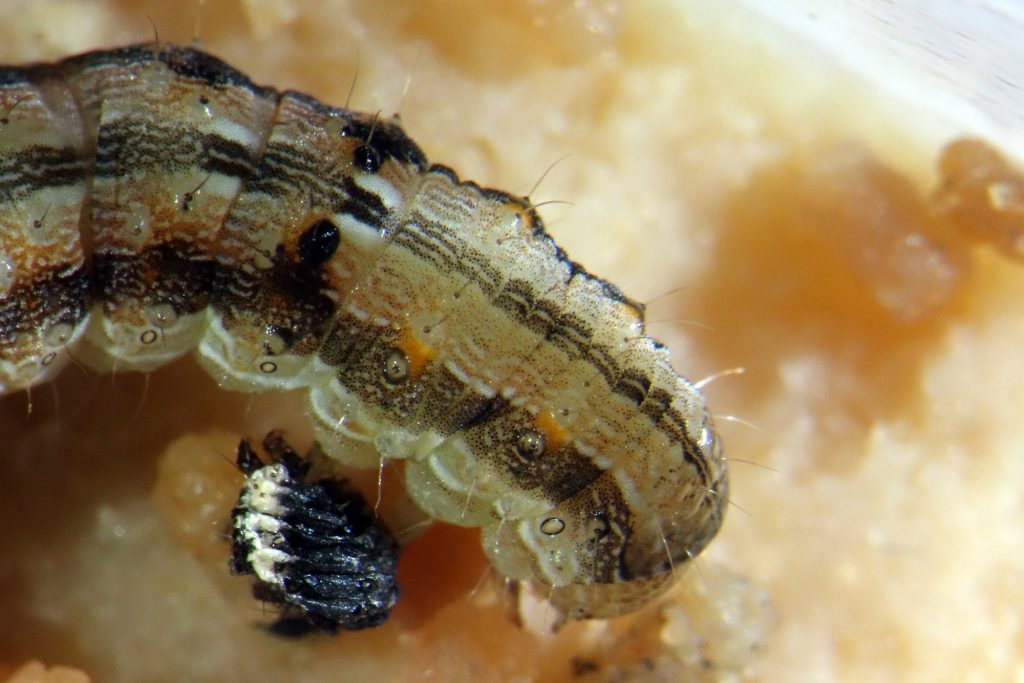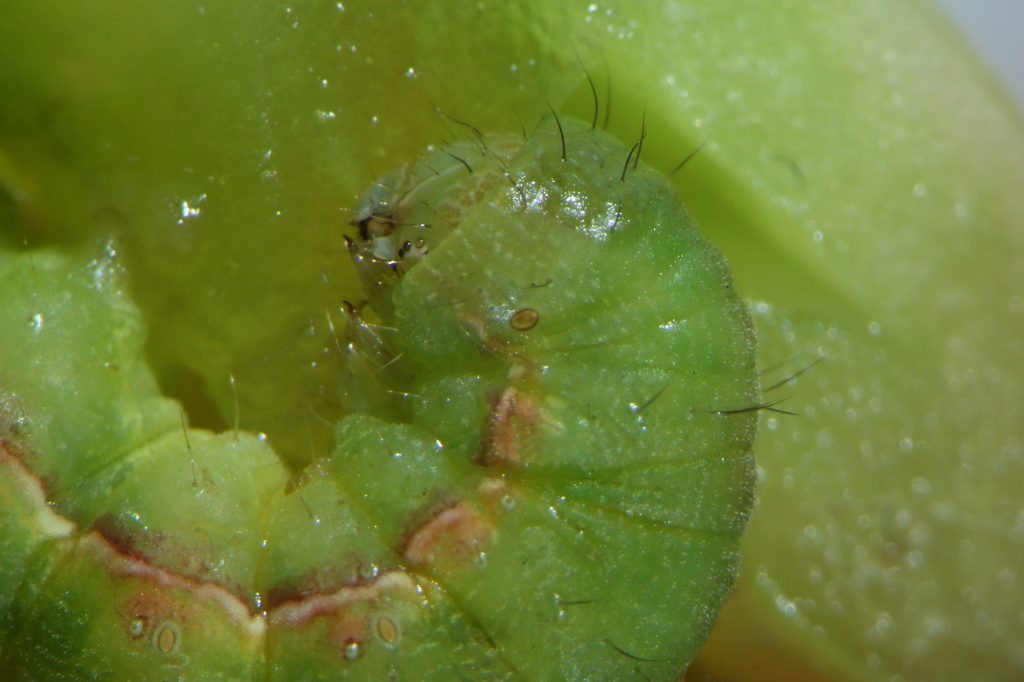It’s easy to mistake corn earworm for native budworm, but this can have major implications for control efficacy.
Low numbers of corn earworm (cotton bollworm, Helicoverpa armigera) moths have been caught in pheromone traps around Forbes and Parkes in the NSW Central West Slopes and Plains.
Further north, corn earworm has been detected in pheromone traps in the North West and Central West regions of NSW.
Insecticide resistance
Historically, corn earworm has largely been problematic in winter crops grown in warmer regions, typically in areas north of Dubbo, with native budworm (Helicoverpa punctigera) more of an issue in crops in southern NSW.
In recent years, cases of corn earworm damaging winter crops have been reported south of Dubbo, in Central West NSW.
This is important because, although closely related (both Helicoverpa sp.), these species differ markedly in their susceptibility to insecticides.
Corn earworm has developed varying levels of resistance to synthetic pyrethroids and carbamates and to a lesser extent, organophosphates, spinosyns, indoxacarb, and Bacillus thuringiensis.
In contrast, there is no known resistance to insecticides in native budworm.
Identification tips
Management is complicated by the fact that both species are best controlled while they are small (up to 7 mm in length), a time when the larvae aren’t developed enough to readily distinguish them morphologically.
If medium to large size Helicoverpa grubs are found in pulses and canola, we encourage growers to try to confirm the species of caterpillars in canola and pulses before deciding to spray.
There are two features to look out for when distinguishing corn earworm larvae from native budworm.
The first is the dark ‘saddle’ on the fourth body segment on corn earworm. This is absent on native budworm.

The second feature is hair colouration. Around the head region, native budworm has black hairs, whereas corn earworm has white hairs.


You can also seek identification assistance from us.
If grubs are too small to distinguish between the two species, we recommend spraying a test strip, particularly if using synthetic pyrethroids.
For further information including economic thresholds visit the corn earworm and native budworm PestNotes.
Acknowledgements
Field reports of corn earworm
Andrew Rice – ASPIRE agri (Central West Slopes & Plains, NSW)
Tim Wright – AGnVET (Central West Slopes & Plains, NSW)
Cover image: Photo by Andrew Weeks, Cesar Australia





